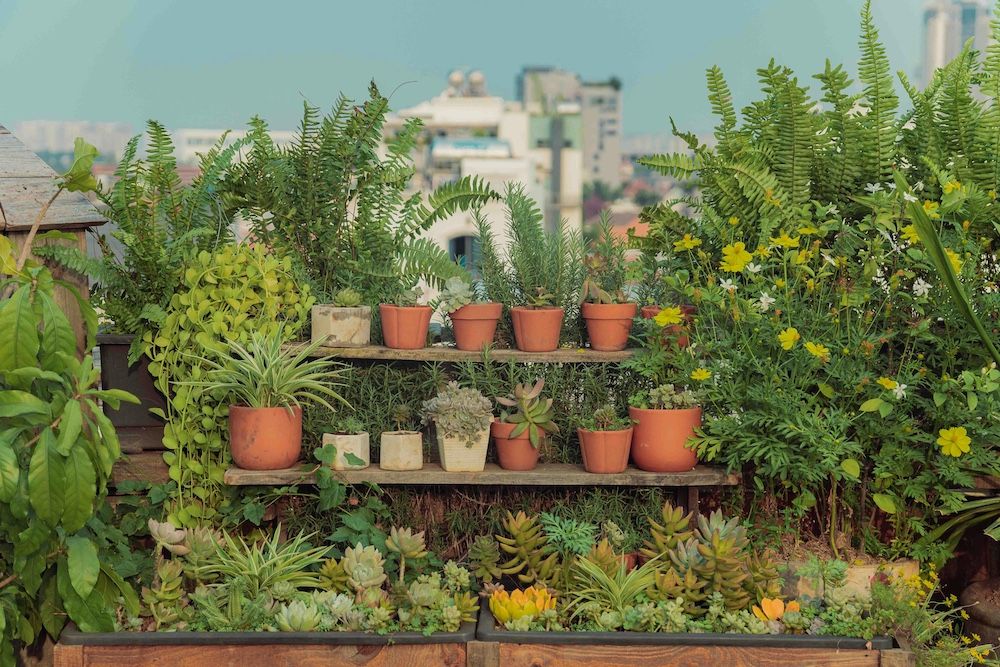The baobab tree, often called the "tree of life," is one of the most extraordinary and recognizable trees in the world. With its massive trunk, spindly branches, and otherworldly appearance, the baobab stands out in the landscapes of Africa, Madagascar, and Australia. It has captured the imagination of countless cultures and travelers for centuries due to its unique look and incredible resilience.
What makes the baobab so remarkable is its ability to survive in some of the harshest environments on Earth. In places where drought and extreme heat are common, the baobab has developed an ingenious way to survive. Its trunk can grow to an enormous size, often reaching up to 30 feet (9 meters) in diameter, and is capable of storing thousands of gallons of water. This ability to store water allows the tree to endure long dry periods, making it a vital resource for both animals and people in arid regions. The baobab's large trunk and root-like branches, which appear to be upside down when the tree is leafless, have led to numerous myths and stories. Some cultures believe that the tree was once beautiful, but after angering the gods, it was planted upside down in punishment.
The baobab is known for its longevity, with some trees thought to be over 6,000 years old. While its growth is slow, the baobab's ability to endure through centuries is a testament to its remarkable resilience. The tree doesn't develop its iconic bottle-shaped trunk until it is several decades old. Once fully grown, the baobab can store large amounts of water in its trunk, which helps it survive in places where other vegetation would perish. Even when a baobab is damaged by fire or drought, it can regenerate. Its thick, fire-resistant bark and ability to sprout new growth from hollowed-out trunks allow the tree to keep thriving, even after years of hardship.
Beyond its resilience, the baobab also plays a crucial role in the ecosystems where it lives. The tree offers shelter, food, and water to a wide variety of animals, including elephants, which feed on its leaves, and various bird species that make nests in its branches. The baobab's fruit is highly nutritious, packed with vitamin C, fiber, and antioxidants. Known as "monkey bread," the fruit is a key food source in many parts of Africa, where it is eaten raw, turned into a powder, or made into drinks. The tree's leaves are also edible and are often used in soups and stews. Additionally, the seeds of the fruit contain oil, which is used for skin care and hair treatments due to its moisturizing properties. In many ways, the baobab is not just a part of the natural landscape—it is a lifeline for both animals and humans.
Culturally, the baobab holds great significance in many African societies. Often regarded as a symbol of strength, community, and endurance, it has been a central figure in numerous African myths and legends. In some cultures, the tree is sacred, associated with the spirits of ancestors and used as a gathering place for community meetings. The baobab’s presence in African folklore is widespread, with many stories telling of its creation or its connection to spiritual forces. In Madagascar, the tree is revered, and there are areas like the "Avenue of the Baobabs," where travelers can see rows of towering baobabs lining the roads, creating an awe-inspiring sight.
Unfortunately, the baobab tree faces increasing threats due to habitat loss, climate change, and human activity. Rising temperatures and changing rainfall patterns are affecting its growth, particularly in Madagascar, where some species of baobab are endangered. In some regions, deforestation and the overharvesting of its fruit and bark for commercial purposes also pose risks to the tree's survival. Efforts are being made to protect these majestic trees, as they are vital not just for the ecosystems they support but also for the communities that depend on them.
The baobab tree is a living testament to nature's resilience and ingenuity. Whether standing alone in the African savannah or forming part of a unique landscape in Madagascar, the baobab is much more than a remarkable plant. It is a symbol of endurance, life, and the interconnectedness of all living things. The baobab’s ability to survive and thrive in some of the harshest environments on Earth makes it a powerful reminder of the strength and adaptability of nature, as well as the importance of protecting the natural world for future generations.





